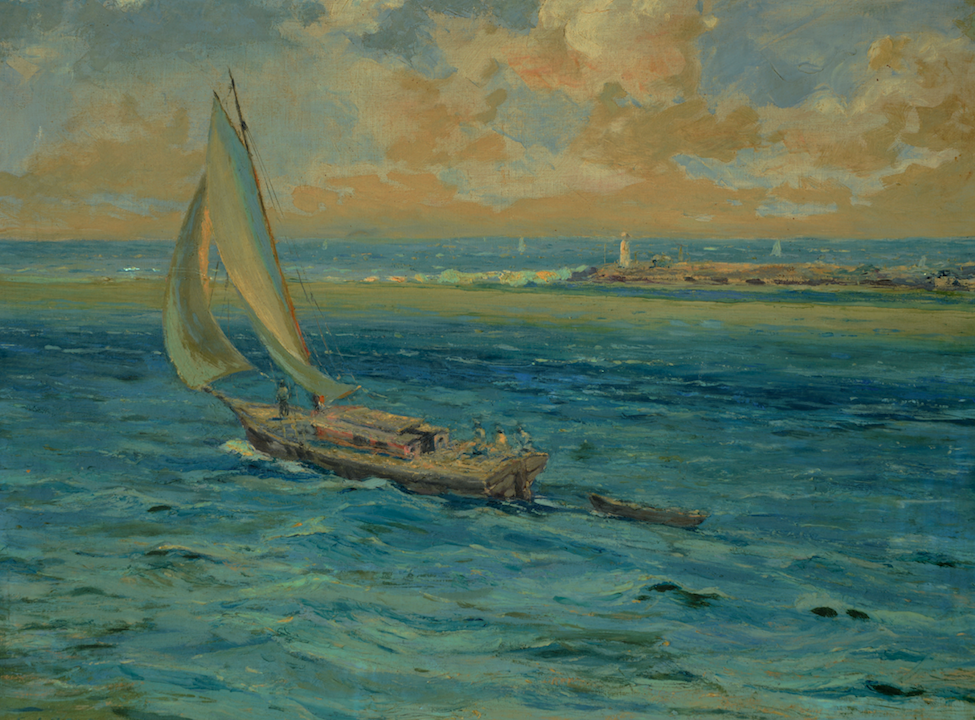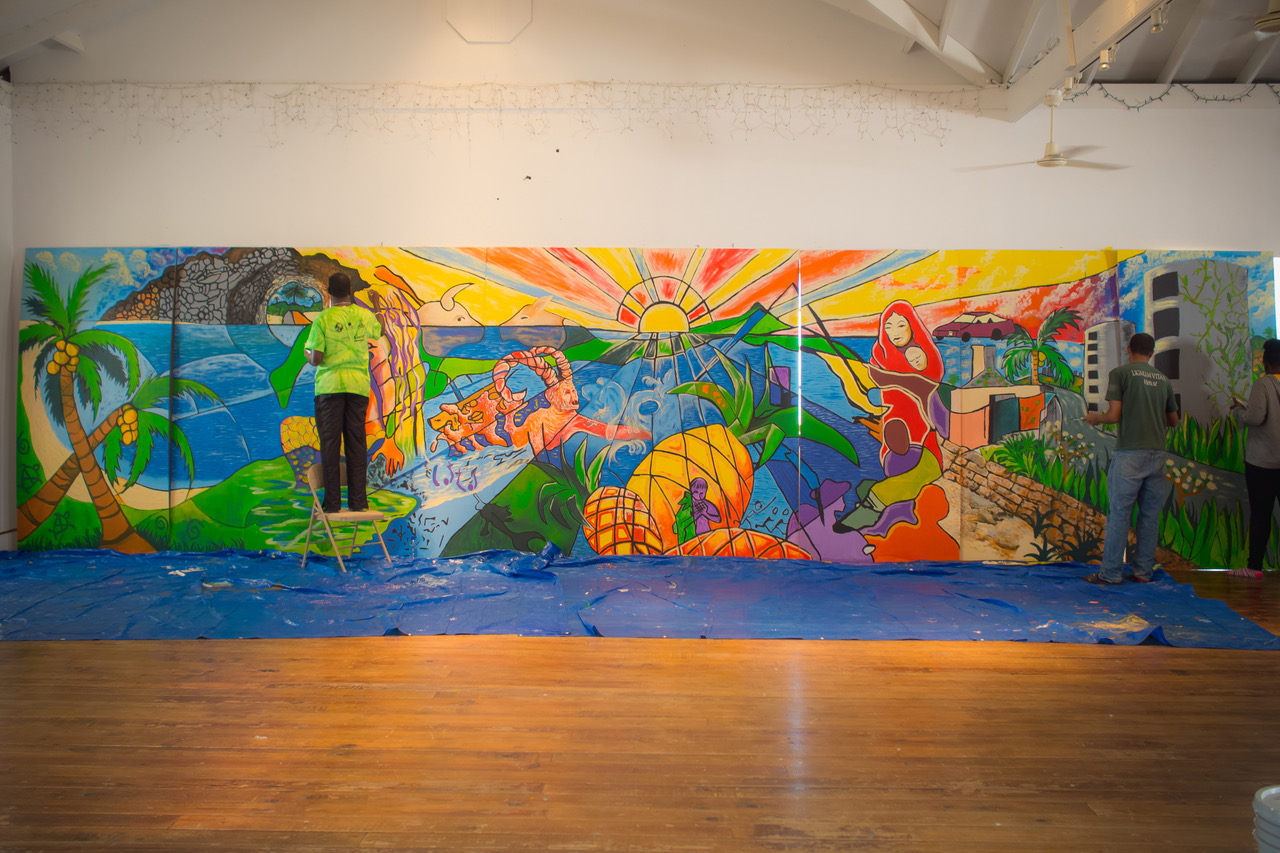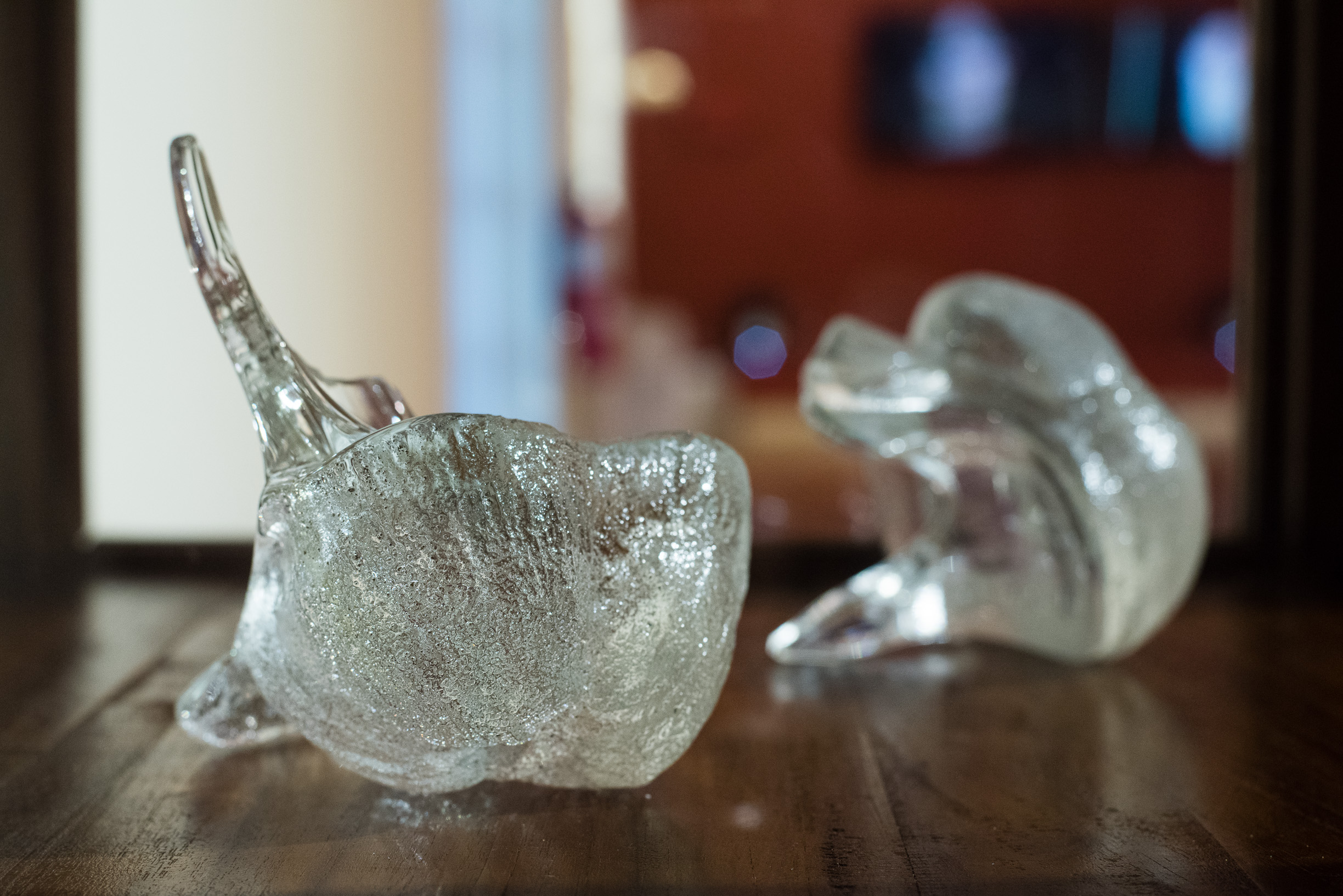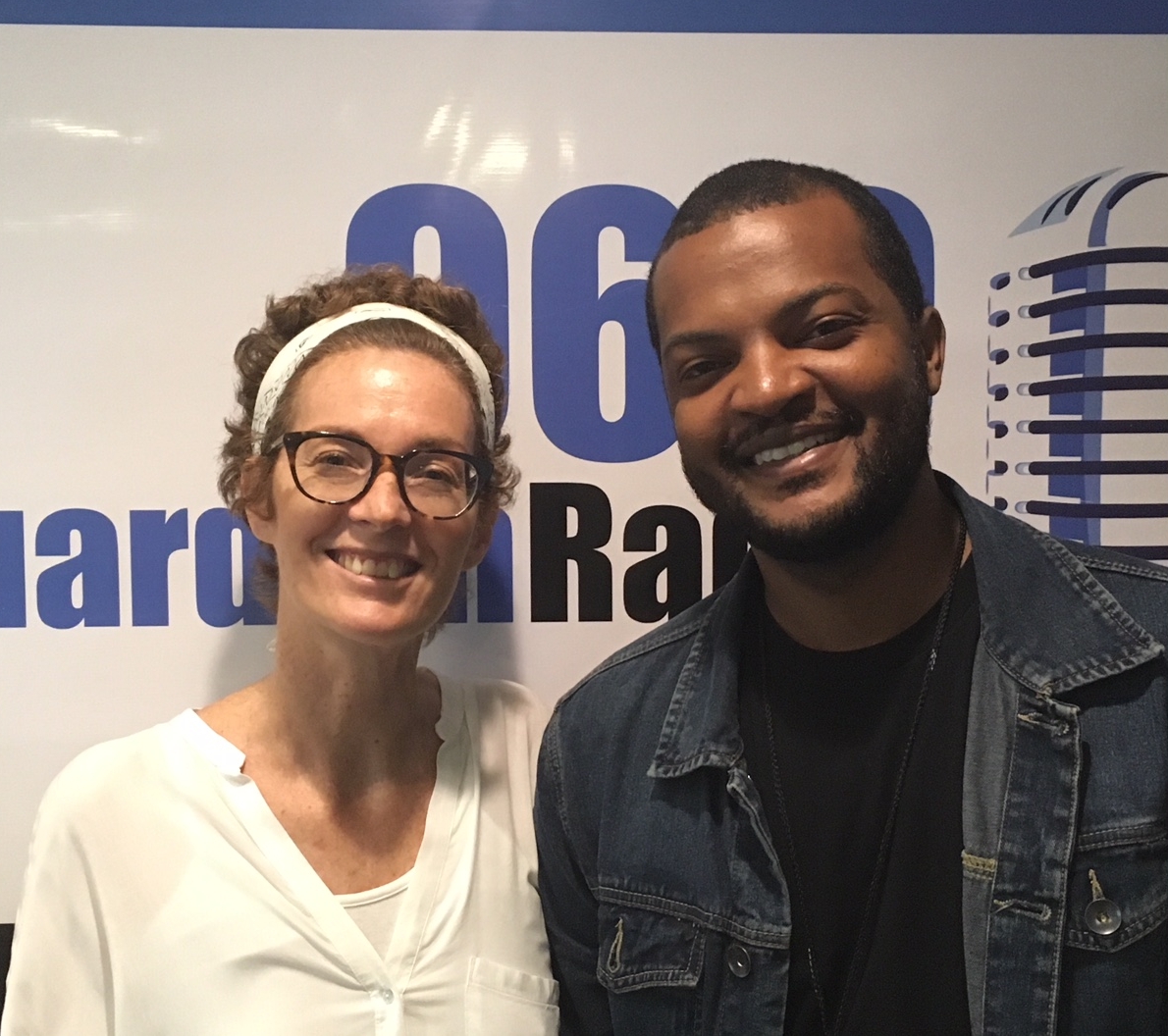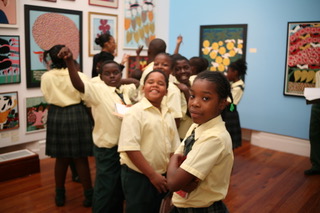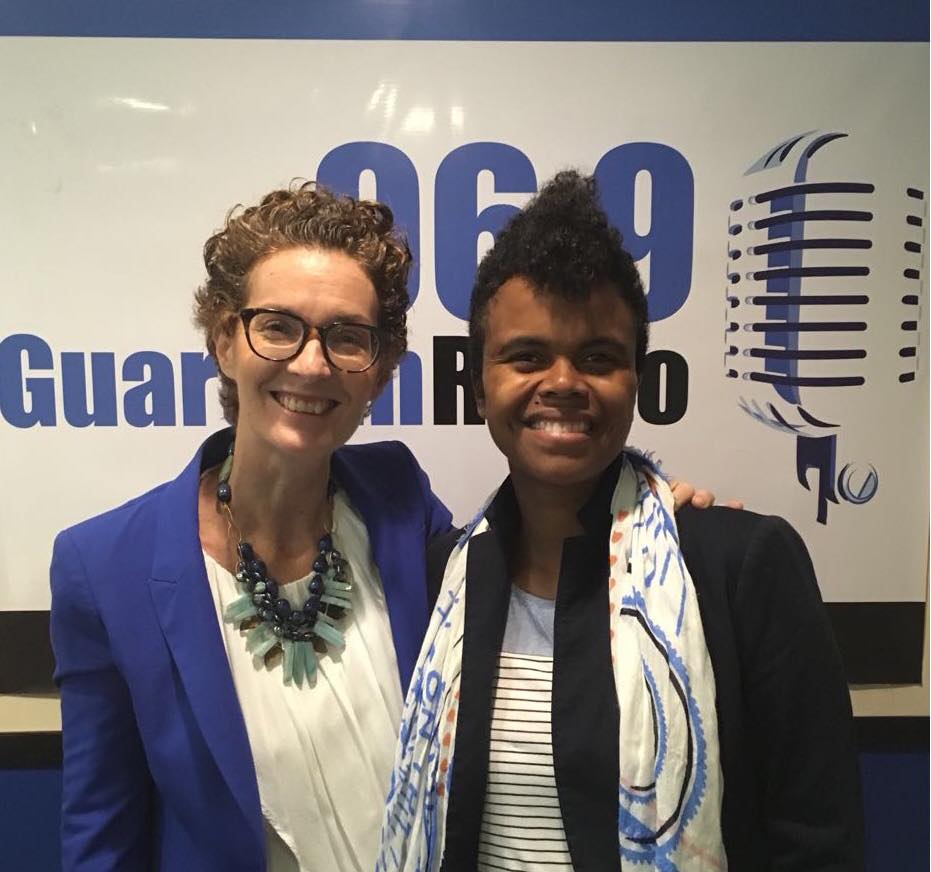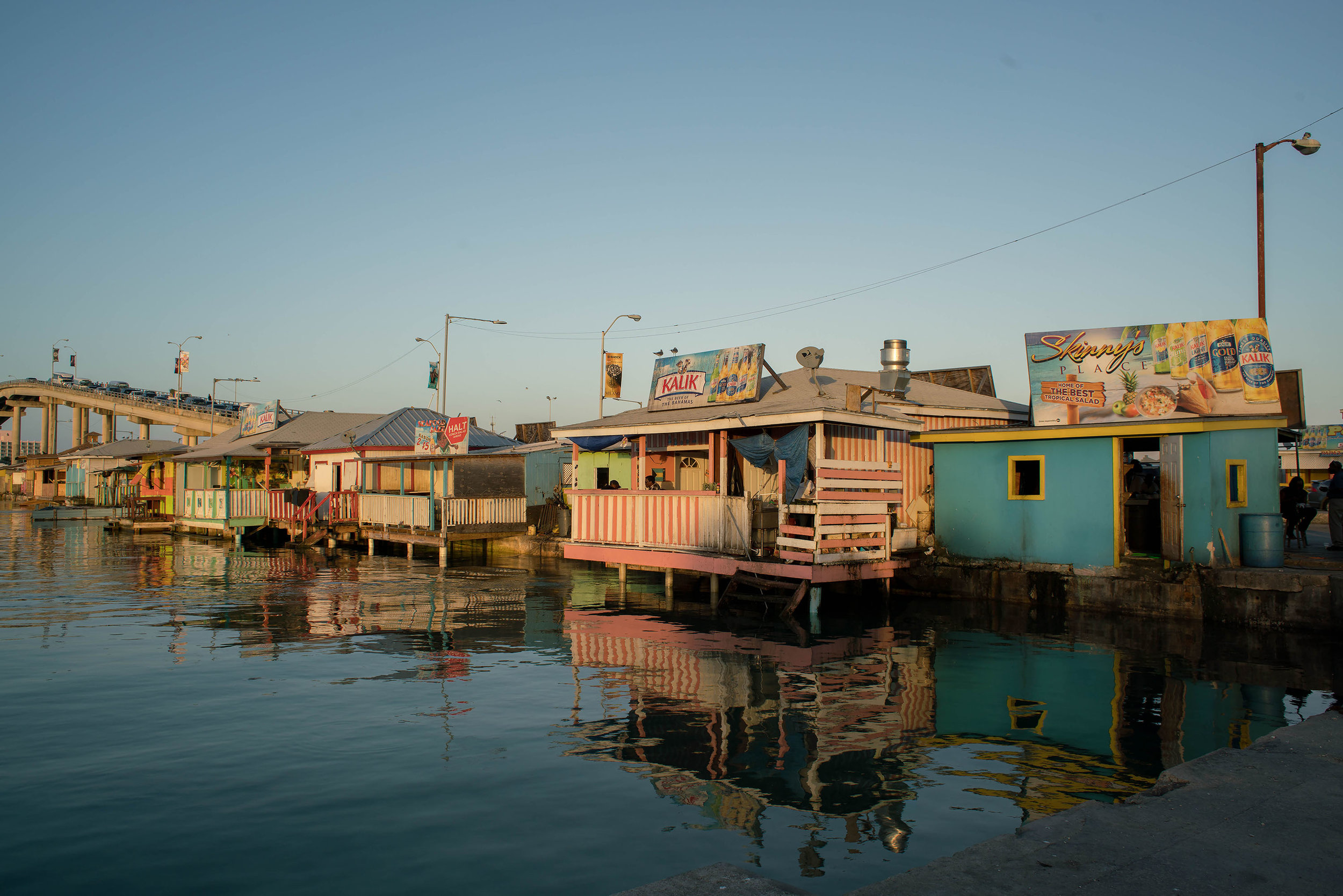On tonight’s “Blank Canvas,” Amanda Coulson (NAGB Director, far right) hears from the Bahamian artists who were asked to respond to the video and sound installation, “The Slaves’ Lament” by Scottish artist, Graham Fagen, which is currently showing at the NAGB in the exhibition entitled “We Suffer to Remain.”
All posts by admin
Traversing the Picturesque: A thought
By Dr Ian Bethell-Bennett. The 1920s through the 1960s were boom time for The Bahamas, especially for Nassau and other islands like Bimini, The Berry Islands and even Grand Bahama. Along with The Bahamas experience was the Cuba experience and the Haiti experience—the Caribbean was an exotic picturesque place to go to and explore. Tourism was new, it was exciting and it was important. The offering brought diverse populations into the various tropical spaces to see and live in this milieu.
The NAGB’s second travelling exhibition closes in Eleuthera
By Malika Pryor-Martin. The NAGB travelling exhibition programme, which began in 2015 has just completed its fifth trip overall and has concluded the premiere of its second exhibition, “TRANS: A Migration of Identity”. With partner One Eleuthera Foundation, the NAGB presented the show for over four weeks at the South Eleuthera Mission in Rock Sound, closing on April 13th.
My Mouth is a Heartbreak: Anina Major’s “Wisdom Teeth” (2017)
By Natalie Willis. Anina Major’s “Wisdom Teeth” (2017) are beautiful, haunting ghosts of an imagined body – this body could be mine, yours, our ancestors, an imagined overarching representation of the body of the Caribbean personified. Teeth are universal (for most of us at least), but they are also still body parts that have distinct history and stories for many of us. As a nation built on slavery, on the backs of Blacks, with a majority-Black population despite the diversity of races and nations that build into the potcake of this peculiar place – sometimes the Black racialising of experiences is too much to move past. Funny how that happens, in places still dealing with the toxic, poisonous vestiges of slavery with racism at the bedrock of our foundations. All this to say, when we look at teeth, we can’t not look at teeth in relation to Black people.
Blank Canvas with Steffon Grant
We are shining the spotlight on Freeport native, artist and educator, Steffon Grant, on “Blank Canvas” this evening.
He joins host Amanda Coulson, NAGB Director, to discuss his artistic practice and share insights on his first solo exhibition “By the Way”, which is currently on view at the Melia Hotel on Cable Beach. Grant attended St. George’s High School in Freeport then moved to New Providence to attend the then-College of The Bahamas (now University of The Bahamas). He studied Mathematics and only came to art later in his college career.
Open Call for Potcakes: Show us your potcakes!
The National Art Gallery of The Bahamas is celebrating the Chinese year of the Dog with a call for Potcakes. Would you like to share your experience of observing, owning or knowing a potcake Bahamian artists are welcome to submit works in any medium: painting, drawing, sculpture, ceramics, printmaking, photography, video, textile, installation and mixed media. The potcake is a staple of life in The Bahamas. It’s presence not only speaks to the fragility of how we care for living things but also the strength and fortitude of these resilient animals who become a part of our lives. For ages, the Potcake has been seen as an icon and signifier of Bahamianness, and even though the word is shared in other Caribbean countries, there is a unique relationship developed between the canine and the wider community.
From the Collection: “East Street With Donkey and Cart” (1914) by E J Read
By Natalie Willis. Elmer Joseph Read, an American artist (b.1860, death date unknown), painted scenes of life in Nassau that provide a strange sense of documentary and fiction. They are stylised images, but the way Read tries to capture his perspective of life in the capital at the time is useful to us for a few reasons. It helps us to see how Nassau has changed over the years, and it also shows us how those who many modern day Bahamians are descended from were seen in that time. So many of the colonial paintings from this time use the iconography of smiling natives, women in headwraps, along with lush greenery and sea-glass ocean water as colonial propaganda. It gave a way to say, “Look how beautiful and safe and bountiful this empire is!” But these sentiments and picturesque ideals aside, uncomfortable as it may be at times, are still things we feel today, albeit in an evolved and shifted form.
The Magic School Bus Initiative: The Central Bank partners with the NAGB to encourage school tours
By Malika Pryor Martin. Thanks to the support and partnership of the Central Bank of The Bahamas, the National Art Gallery of The Bahamas (NAGB) is pleased to announce limited free bus service for primary and secondary school tours! At this time, the offer is available to all government schools in New Providence. “The Magic School Bus” Initiative, as it is affectionately titled, will facilitate the visitation of more than 800 students to The Bahamas’ preeminent arts institution.
Blank Canvas with NAGB’s Communication-Education Team
Tonight on Blank Canvas, host and NAGB Director, Amanda Coulson, invites her usual fill-in host, Malika Pryor-Martin, Communication & Development Officer for the NAGB, to discuss amazing programming coming from the newest department at the museum – Communication-Education.
Potter’s Cay: Markets and the Importance of Public Spaces
By Dr Ian Bethell-Bennett, The University of The Bahamas . “Traversing the Picturesque: For Sentimental Value” provides an invaluable view into the way the islands have been visioned for decades. It is a unique and important show that serves as a historical and current window into a perspective that adds value to our discussions and to how we see ourselves. Working in tandem with “We Suffer to Remain”, both shows provide an incredibly fruitful and open discussion for the cultural materialism and intermateriality cross-materiality that allows deeper and broader understanding of where we live and how we live here. The latter show deals with the loss of tangible and intangible cultural heritage of slavery through erasure. The periphery, the colony where the history physically took place has gutted its memory through a process of deletion and writing over.

